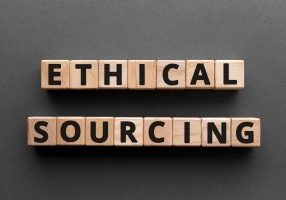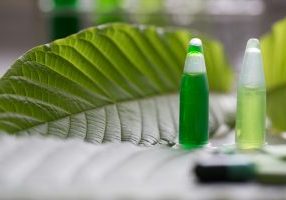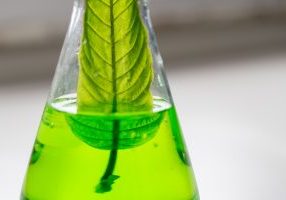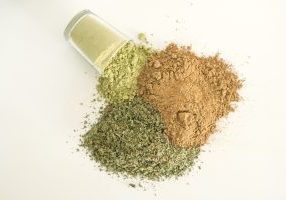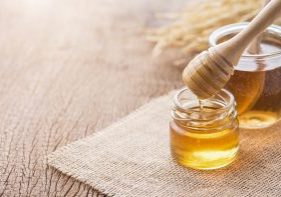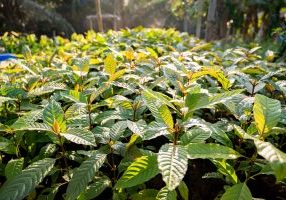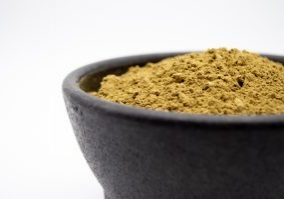We’re all big fans of Kratom, but do you know how it goes from being part of a tree in Southeast Asia to being a part of your daily tea? The life cycle of Kratom is fascinating and in this blog post, we’re going to look at it’s lifecycle.
This natural substance has been used for hundreds of years in its native regions. Today, it undergoes an international adventure to make it to your doorstep for your use.
What is in this process? Today, let’s talk about how Kratom is grown, harvested, and packaged into the Left Coast products you know and love.
Where Kratom Originates
The Kratom tree, also known as Mitragyna speciosa, is a tree indigenous to Southeast Asia. It grows natively in countries like Indonesia, Thailand, and Malaysia. Some neighboring countries have small populations of Kratom trees as well.
The word Kratom is derived from a Thai word used to refer to the tree. The Kratom tree is part of the family Rubiaceae, which the coffee plant is also part of among other flowering trees.
All About Kratom Trees
Kratom trees are evergreen trees that can grow over 18 meters high, and some even grow to have a trunk circumference of more than 4 meters. The leaves on the trees range in color depending on the growth cycle time, but the leaves are generally oval-shaped. These glossy leaves are produced by the tree year-round.
The round yellow flowers that appear on the Kratom tree at certain times of the year contain more than 50 seeds that spread to continue propagating more Kratom trees.
Kratom trees love wet, marshy areas, and that is where they grow best. They thrive in moist habitats where there is a lot of rainfall each year, accompanied by hot temperatures. These tropical conditions do not exist naturally in the United States, so Kratom trees cannot grow naturally here.
Kratom Trees: Their Habitat Dictates Our Product
Since Kratom trees are evergreen, the green leaves are produced year-round. Every individual leaf, however, has its own life cycle. The trees’ leaves mature and eventually fall off the tree. This process is ongoing and happens at a unique pace for each leaf, so Kratom trees have leaves of varying maturity at all times.
Kratom farmers are familiar with this process, and they know how to watch the cycle to harvest mature leaves at the right time. Once harvested, the leaves are rinsed to remove any dirt and contaminants.
Creating The Perfect Kratom Tree
It takes a long time for farmers to perfect the growing process to create the best trees for producing Kratom leaf or powder, but they have been at this practice for decades in many areas. The trees are grown according to specific conditions and harvesting practices to create the best leaves.
Everything from temperature to light to soil condition is closely monitored as these all play a part in the final alkaloid content of the processed Kratom leaves. If any of these environmental factors deviate from their typical status, it could lead to a poor harvest.
Some Kratom farmers have even created different groves of trees with different regional varieties of trees in one location. This is done through environmental manipulation, such as supplemental watering or boosting soil content to be more amenable to other developmental types.
As you can see, a lot of time and energy goes into caring for every single Kratom tree! Kratom trees generate alkaloid-packed leaves in their first year of growth, but most trees cannot be harvested from until they are at least three years old for optimal leaves.
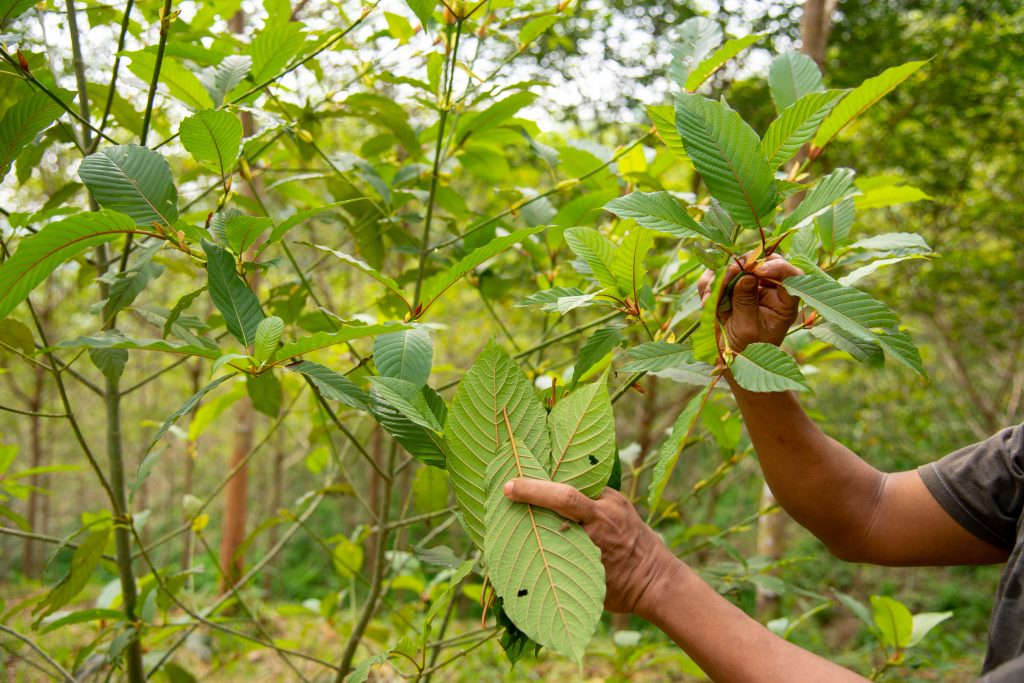
Drying and Processing Kratom
Once the leaves are harvested, there is still a lot to be done. Farmers who are experienced in handling Kratom know just how to dry and prepare the harvested leaves.
In many cases, the leaves undergo a type of fermentation after they are harvested. The variety possible in this process has led to so many different Kratom strains.
First, farmers decide how they are going to dry the leaves. Some leaves are hung to be dried outside; others are dried in the shade. Some are dried on natural substances. Others are dried on plastic. Sometimes, the farmers combine all of those methods for a unique drying process!
The ambient humidity may be carefully controlled throughout the process to cause a slight fermentation effect, which leads to a unique development of the alkaloids in the Kratom leaves. This is how there are so many distinct strains of Kratom; each strain is processed in unique ways.
Once the leaves are thoroughly dried, some of them may be crushed into a powder to be sold to Kratom vendors worldwide. Most are crushed into powder, but some vendors want to buy whole leaves and then do their own powder grinding for additional control over their final product.
Suppliers Around The World
Due to restrictions on the production, sale, and exportation of Kratom in some Southeast Asia countries, most Kratom comes through Indonesia. Farmers here create many different regional varieties for exportation. The Kratom business can be an important source of income for many small, locally owned farms and benefit local economies in a variety of ways.
Suppliers in Indonesia gather together Kratom leaves and powders from smaller farmers and then work to ship them to vendors and suppliers overseas. The products are shipped by air cargo and freight ship, depending on the method chosen. Once received, the shipments are further processed and packaged by vendors like us!
LCK: We Package Kratom For You
This is where we come into the process! While we work closely with our overseas suppliers and play a part in what types of leaves are cultivated for our business, the most significant part of what we do happens once we receive our Kratom raw materials.
We test our products through third-party laboratories to ensure that our Kratom supply is safe. We continue to test the products we create throughout the manufacturing process for purity and quality. The Kratom powders that we receive may be further extracted, turned into capsules, or blended to create unique mixes of Kratom powder.
Once we have created the batches of Kratom desired, we package these for sale to our customers, ensuring that all vital information is included on our packaging so that you know exactly what you’re getting when you order from Left Coast Kratom.
That’s basically it! From leaf to product, Kratom goes through many different stages to be available as a natural botanical here in the U.S. Did you know that much went into the life cycle of Kratom products? It’s quite an adventure!


